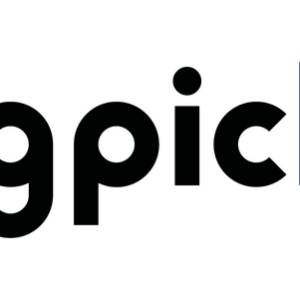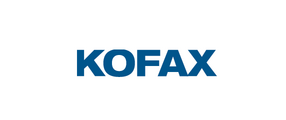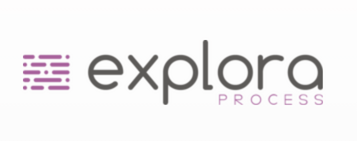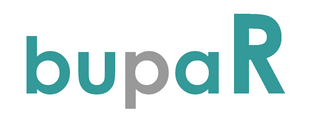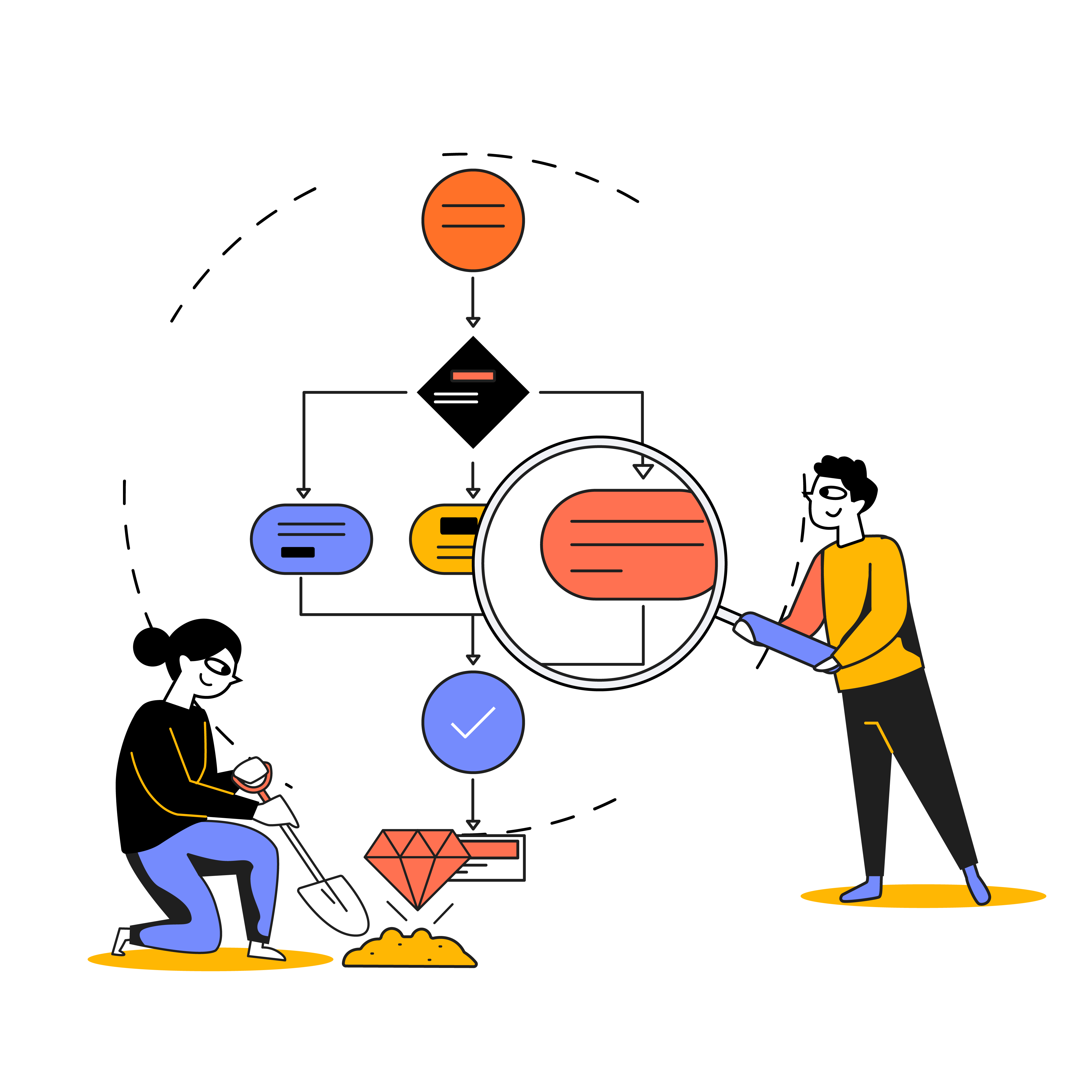
Based on the pioneering work of Wil Van der Aalst, the process mining methods and resulting process mining software have emerged as a transformational technology. In this Definitive Guide to Process Mining Software, we will explore the process mining methods, the value of process mining, the excellent use cases, and the tools and solutions.
Process mining is foundational and essential before process re-engineering, automation, or transformation initiatives. With process mining software providing an accurate picture of how a process works and the myriad variants of work, enterprises can embark on various remedies and improvements to alleviate the situation.
Note: We will address the so-called Desktop mining, process discovery, or frontend user task mining in a separate Solutions Brief.
Definition of Process Mining:
“Process Mining is a data science technique that extracts a process model from a work event and activity logs and allows companies to understand how processes work and monitor and improve work. Furthermore, as it is based on elemental data, process mining provides an evidence-based model for various process improvement interventions.”
Process Mining Software:
Process mining software gathers, consumes, and analyzes event data and compiles a process model and variants from the elemental information. Typical process mining software encompasses application logs, activities from a transactional system, social media data points, and any additional supporting material from databases, CSV, or XML files that can also be event data sources.
The process mining software then ascribes various steps to a case (a series of activities and events) and compares the numerous points to develop the process variants.
These process variants and associated statistics provided by process mining software are invaluable for enterprises to make data-driven decisions.
Furthermore, process mining tools have evolved beyond initial identification into constant monitoring, conformance checking, performance analysis, and actionable intelligence about business processes.
ProM is the earliest process mining tool and the pioneer. Since then, more than two dozen process mining software tools and platforms have emerged on the market.
Why should Enterprises consider Process Mining?
The aforementioned Van der Aalst calls understanding processes a “hygiene item” that need not be justified with a traditional business case, and we cannot concur more. Here are some reasons why companies must use process mining techniques and tools for enterprise process hygiene.
- Operational Leakages: If your company is suffering from operational leakages, process mining techniques may be able to offer transparency and visibility.
- Uneven Agent Performance: If there are variations in performance between agents on various cases and traditional time/motion studies cannot yield clues, process mining is a great tool.
- Conformance Challenges: If your company has issues adhering to standard operating procedures and guidelines, the process mining software can keep tabs on conformance checking.
- Embarking on Automation Initiatives: If your firm is in the throes of automating processes, include process mining as a first and foundational step.
Use Cases for Leveraging Process Mining Tools:
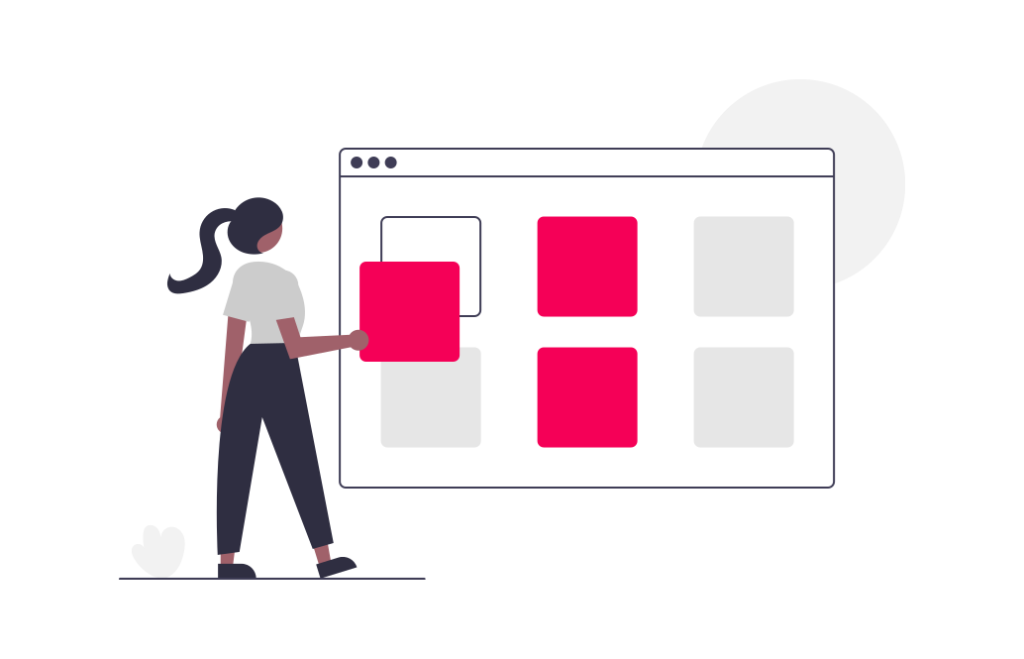
Enterprises are using process mining tools for several mission-critical use cases spanning the entire operational lifecycle. A few of the use cases include:
- An X-Ray of Work: Whatever analogy you may use (X-Ray or CT Scan), process mining tools for large companies with complex business and technology landscapes will provide a crystal clear picture of their operations.
- Evidence-based Work Analytics: Process mining affords visual evidence into work, overlaps, bottlenecks, agent performance, and other challenges and opportunities.
- Process Monitoring: By analyzing the logs continually, process mining tools can provide a dashboard of how different cases are performing across critical areas of the enterprise.
- Conformance Checking: Process mining software can provide guidelines and guardrails into conforming to the set operational guidelines, thus minimizing compliance risks.
- Resource Recalibration: Understanding how each case transpired through the life cycle and how each agent and system performed allows business process owners to optimize resource allocation, application/system usage, case routing, and other areas to improve results.
- Simulation: Using the digital twins that process mining software platforms provide, companies can simulate actual process variants with varying conditions to stress test, analyze, and design business processes for the future.
- Audit: Process mining platforms can provide automated and fast audit trails into cases and execution, thus avoiding expensive, cumbersome, and time-consuming traditional manual process audits.
In addition to these general use cases, all the critical business value streams are candidates for process mining – mainly where there is a large volume, significant variety, high velocity, and variability in execution.
Business Functional Use Cases for Process Mining:
Any process that involves multiple players (agents, customers, suppliers, or stakeholders), systems, steps, and rules are amenable to the benefits of process mining. Here are a few:
- Prospect to Customer Value Stream – learn about the pathways for a prospect to become a customer and optimize the steps to increase conversions and cycle time.
- Order to Cash: Assess the flow of work from order to fulfillment and smoothen the hard edges for better NPS (Net promoter score)
- Source to Pay or Procure to Pay: Reduce input costs and analyze loopholes or maverick buying situations. Optimizing the supply chain will help provide a foundation for operational improvements in production.
- AP/AR (Accounts Payable and Accounts Receivable): Companies are often surprised to notice how much time, money, and energy it takes to process an invoice. Process mining can uncover missteps and missed opportunities for streamlining the AP and AR functions.
How Process Mining Software Works?
Now that we have discussed process mining, the rationale for using process tools, and the relevant use cases, it will be essential to understand how process mining software works. Of course, as an enterprise buyer guide, a detailed technical exposition is beyond the scope of this solutions brief. Still, an overview of how the process mining platform works will help make an informed buying decision.
Basic Outline of Process Mining Software Functions:

Benefits of Process Mining:

Here are the top benefits and values of using process mining methods and tools.
- An accurate picture of Operations
- Operational Transparency
- Data-driven decision-making
- Visual evidence, not a hypothesis
- Cost and resource transparency
- Elemental data on how cases transpire for better analysis and improvements
- A precursor to process decisions such as automation, re-engineering, optimization, elimination, and outsourcing
- Continual process audit
- Simulation of business processes
- Future process design based on facts
- Process conformance and compliance
- Reduction of cycle time
- Agent-level performance analysis
- Understanding of application footprint and system performance
- Speedier and sometimes proactive actions and responses
- Process standardization and harmonization
- Visual mapping of process dependencies
- Calibration of agent capacity and allocation
- Better routing of case flow based on agent competencies and performance
- Reduced cycle time due to operational improvements
- Elimination of unnecessary process steps
- Estimation of operational risk
Process Mining Software Features and Capabilities:
From the humble start of ProM, process mining software and tools have become a mission-critical must-have platform. Unfortunately, various process mining tools’ features, functionality, and capabilities are as disparate as the 30 or so software tool vendors in the process mining space. (And Process Discovery or Task Mining has a set of separate vendors as well as additional modules within the traditional process mining toolmakers.)

List of Process Mining Software Features:
- Automated Process Discovery:
- Ingestion and consumption of event log and transaction data through integration, file upload, APIs, etc.
- Event Data Analysis – Case ID, Time Stamp, Transaction Type, Decisions and Actions, Triggers
- Sequencing of Process Steps – Per agent, per case, per system, etc.
- Compilation of Process Variants
- Overlay of Process Variants for Identifying Reference Process
- Enrich Process Variants with additional data
- Process Visualization
- Visualize processes based on variants, Case ID, Agent ID
- Color coding and heat mapping of activities and events
- Zoom, Pan, Animation, Comparison of Process Variants
- Process Analysis and Metrics
- Analyze processes for bottlenecks, choke points, delays, disruptions, escalations, turnaround time, cycle time, etc.
- Case Replay: Can the software replay each case as it happened?
- Process Improvements
- Identify opportunities for process enhancements
- Automatically score processes or steps for automation, re-engineering, elimination, or optimization
- Identify and rank Automation Opportunities
- Design and Simulation:
- Generation of Digital Process Twins
- Simulation and Stress Testing
- Sand-box based Process Design and Analysis
- Process Conformance and Compliance
- Ongoing process monitoring
- Conformance checking
- Process Audit
- Dashboard:
- Comparison
- Filters
- Case Exploration
- Overlay
- Comparison
- Work Analytics
- Workforce Analytics
- Process Dashboards and Scorecards
How to Evaluate Process Mining Solutions Vendors?

From a deca-billion-dollar unicorn (Celonis) to upstart startups, the field of process mining is changing and evolving rapidly. Some of the original process mining software companies are now a part of major companies through acquisitions. In contrast, automation platform vendors build, partner, or acquire process mining and task mining firms.
Evaluating process mining software is a complex endeavor and is dependent on multiple factors. Here are a few tips on process mining vendor evaluation. In addition, we can help enterprises manage the entire RFP process and offer deliverables for purchase, such as Process Mining Business Requirements and Process Mining RFP Templates.
- Core Business Requirements – Depending on your needs as an enterprise, list all the core requirements. (You may purchase Process Mining Business Requirements Matrix or Process Mining RFP Template)
- Deployment Models – Do you wish for an on-premises deployment? Or looking for a cloud solution? Or a desktop solution? Perhaps a hybrid?
- Personal Privacy: Process mining may involve several employee and client privacy considerations. Evaluate if the companies can offer capabilities such as redaction, anonymization, etc.
- Security: How well does the process mining tool safeguard information and data? Do they have encryption and other such measures?
- Cost: What is the pricing model? What is the total cost of ownership?
- Vendor Lock-In: Is the platform based on open standards? Or is it is a proprietary black box?
- Integrations: Does the process mining software come with out-of-the-box integrations? Does it have an API, adapters, or integration interfaces to essential systems? How much of a burden is integration?
- Visualization and Analysis: What does the process mining tool provide in terms of visualization and analysis. Does it allow for the export of data to popular business intelligence and visualization software?
- Features Roadmap: Does the roadmap of the process mining software platform align with your needs?
- Domain Expertise: Does the vendor possess knowledge of your domain/sector?
- Related Use Cases: Does the vendor have experience and expertise in dealing with your type of use cases. Can they provide verifiable process mining case studies in your industry?
- Vendor Viability: How financially stable is the vendor?
- Support Model: What is the support model, and what is the response time?
- Performance: What are the SLAs the vendor is willing to commit to regarding availability, performance, uptime, etc.
- Infrastructure Needs: What types of servers, bandwidth, and other infrastructure requirements are necessary for the mining software to function?
What are the Disadvantages and Pitfalls of Process Mining?
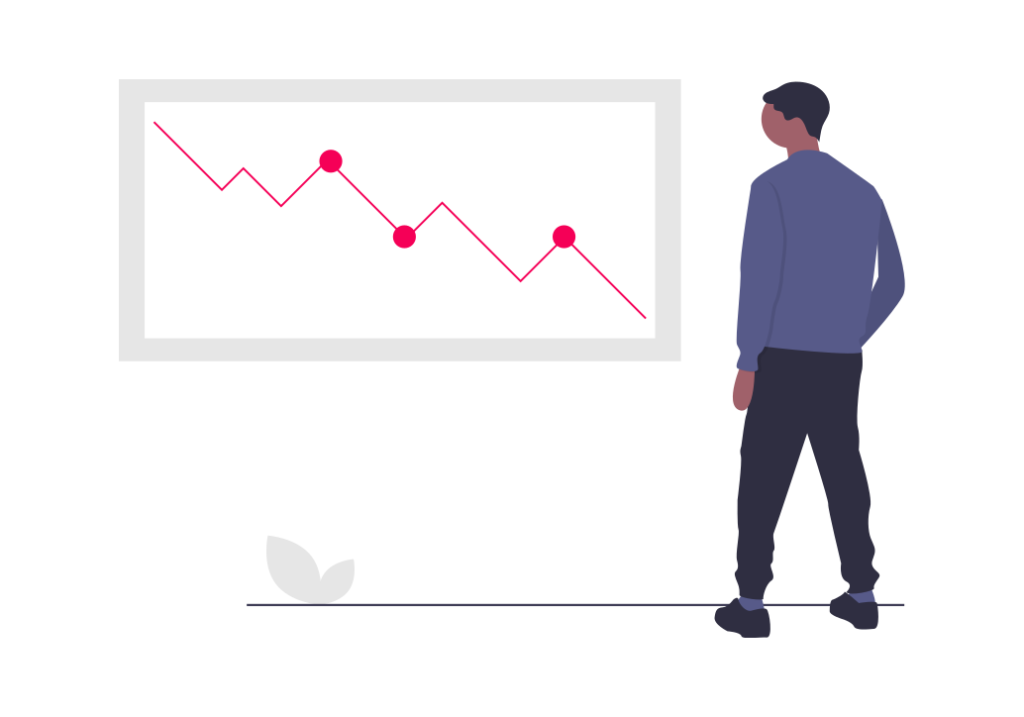
- Accessing all the required data.
- Some applications do not generate logs or event data.
- Data quality will directly impact the output.
- While some recommendations may be generated, most process mining shows an as-is state.
- Too many process variants make separating the signal from the noise hard.
- Many models are like Spaghetti on the wall – not easy to fathom.
- The relative cost versus benefit is sometimes hard to justify depending on the case study and the relative business value of the process.
Are you planning on implementing a process mining solution in your enterprise and need assistance? Please contact us for consulting help to manage the entire selection to the implementation process.


